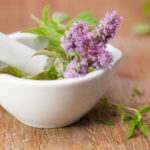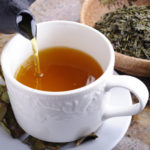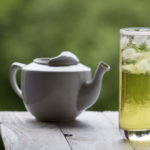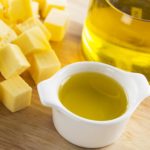Tea: Red, Green or Black?
What are the benefits of red tea as opposed to green tea?
Andrew Weil, M.D. | July 26, 2002
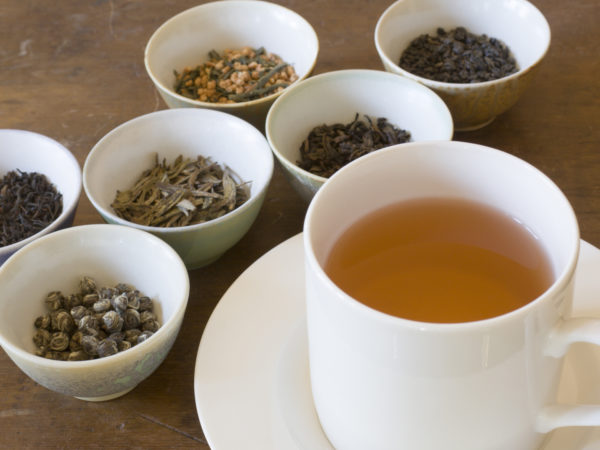
Updated on 3/21/2005
“Red tea” is the name the Chinese use for what we in the west call “black tea.” All true tea comes from the same plant, Camellia sinensis. The differences between types of tea result from different methods of processing the leaves. For green tea, the tea leaves are steamed, rolled and dried, a method that preserves the content of polyphenols, antioxidant compounds that confer the well-known health benefits of tea. For black tea, the leaves undergo a process of oxidation that changes the color and flavor and reduces the content of polyphenols. Oolong is intermediate between green and black tea – in color, flavor and polyphenol content.
You may also have heard of “white tea,” imported from one region of China. This is the least processed form, with an even greater antioxidant activity than green tea. It produces a very pale infusion with a very delicate taste.
The tea that English and Irish people drink and that most Americans still drink is black tea, usually a blend of lower-grade teas from Sri Lanka (Ceylon) an India. Westerners pay attention to the color of the dried leaves in calling this tea “black.” The Chinese refer to the color of the infusion calling it “red.”
Another kind of red “tea,” Rooibos, really isn’t tea because it comes from an entirely different plant, Aspalanthus linearis, which grows in the wild in South Africa.
The name Rooibos is African slang for the Dutch word for “red bush.” In South Africa, Rooibos tea has been used by some tribes for medicinal purposes and by white South Africans for treatment of hay fever symptoms, asthma, eczema and to soothe heartburn, ease the pain of stomach ulcers and relieve nausea.
Rooibos is being heavily hyped by producers and distributors as a new health beverage. Unlike true “tea,” it is caffeine-free and low in tannins. It contains minimal amounts of calcium, potassium, iron, zinc, magnesium and much less fluoride than found in real teas. Studies have shown that Rooibos does contain antioxidants and therefore might have some of the health benefits of green tea, but very little research has confirmed this. I found only 17 scientific studies of Rooibos compared to more than 1,000 on green tea. So far, none suggest that Rooibos is the health equivalent of green tea.
Brewed, Rooibos looks red but doesn’t really taste like tea – it has a slightly sweet and fruity flavor. If you like the taste and color, and want a caffeine-free herbal beverage, by all means opt for Rooibos, but if you want the health benefits of tea, I recommend sticking with the real thing.
Andrew Weil, M.D.


